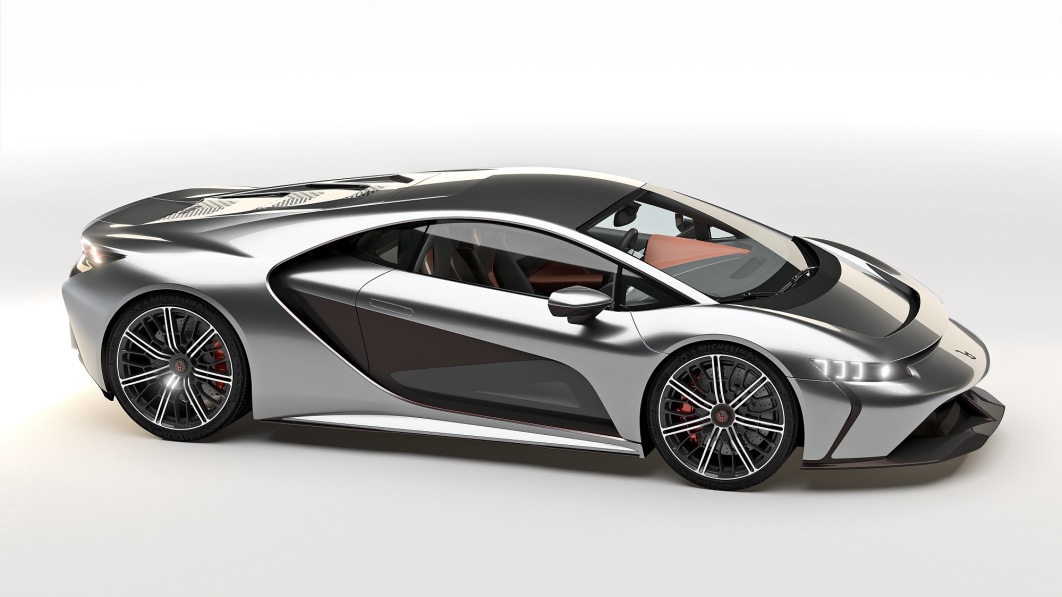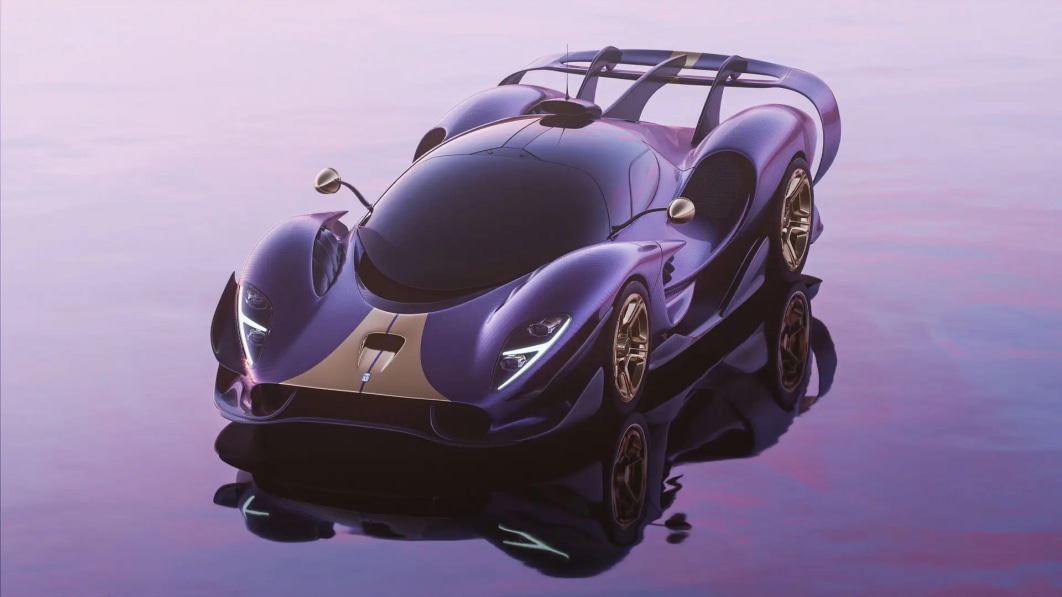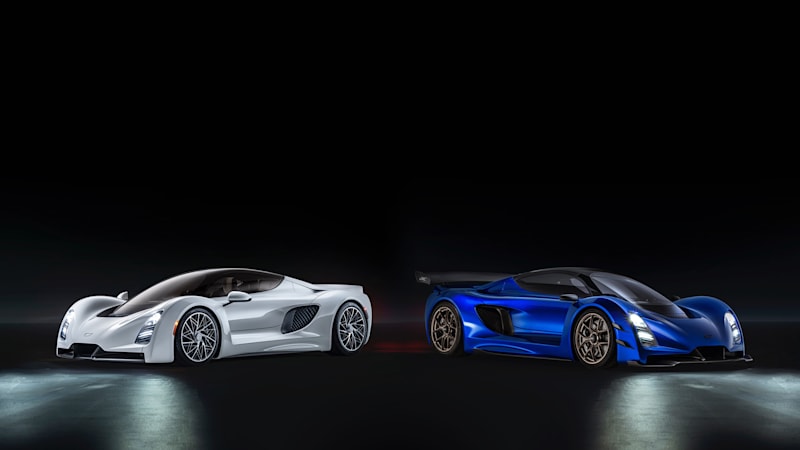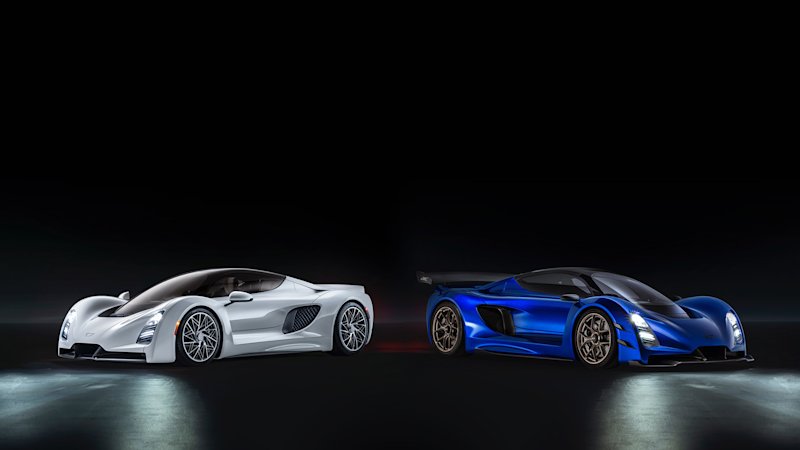Bertone GB110 opens a new chapter in the coachbuilder’s history
Bertone, one of the oldest and most respected Italian coachbuilders, wants a seat at the automaker table. The company followed arch rival Pininfarina into the supercar segment with a head-turning limited-edition coupe called GB110 that’s powered by a 1,100-horsepower engine.
Computer-generated images released by Bertone depict a wedge-shaped car that’s wide, low, and fairly pure in terms of design; it doesn’t look like a race car made just street-legal enough to wear license plates. Giovanni Sapio, the GB110’s project manager, points out that the overall design draws inspiration from past Bertone-penned concepts like the 1970 Lancia Stratos Zero and the 1968 Alfa Romeo Carabo.
Interior images haven’t been released yet. Similarly, technical details are few and far between. Bertone merely notes that the GB110’s chassis “is based on components from a German manufacturer” and that its mysterious engine develops about 1,100 horsepower and 811 pound-feet of torque. It spins the four wheels via a seven-speed automatic transmission. While we’re not going to fan the speculation flames, we should point out that the only German supercar with a mid-mounted engine, a seven-speed automatic, and all-wheel-drive is the Audi R8.
Regardless of what it’s powered by or based on, the GB110 is intriguingly configured to burn what Bertone refers to as “fuel made from plastic waste.” It joined forces with Select Fuel, which has reportedly developed and patented a technology capable of converting polycarbonate materials into renewable fuel. Feeding the engine what pretty much sounds like an alchemized and liquefied blend of plastic trash sends the coupe from zero to 62 mph in 2.79 seconds, from zero to 124 mph in 6.79 seconds, and on to a top speed of over 236 mph.
Bertone plans to make 33 units of the GB110 available globally. Pricing information hasn’t been announced, but it seems like the company already has big plans for the future. It announced that the new coupe is the first model in an upcoming series of limited-edition vehicles.
Related Video




